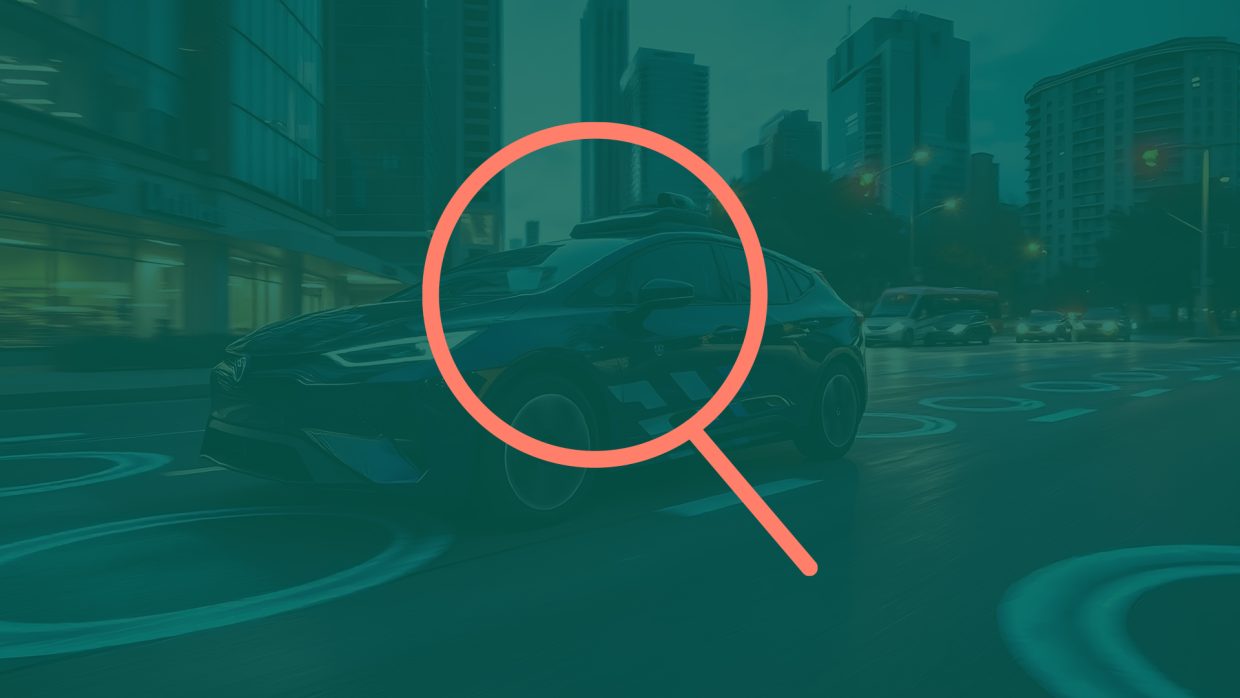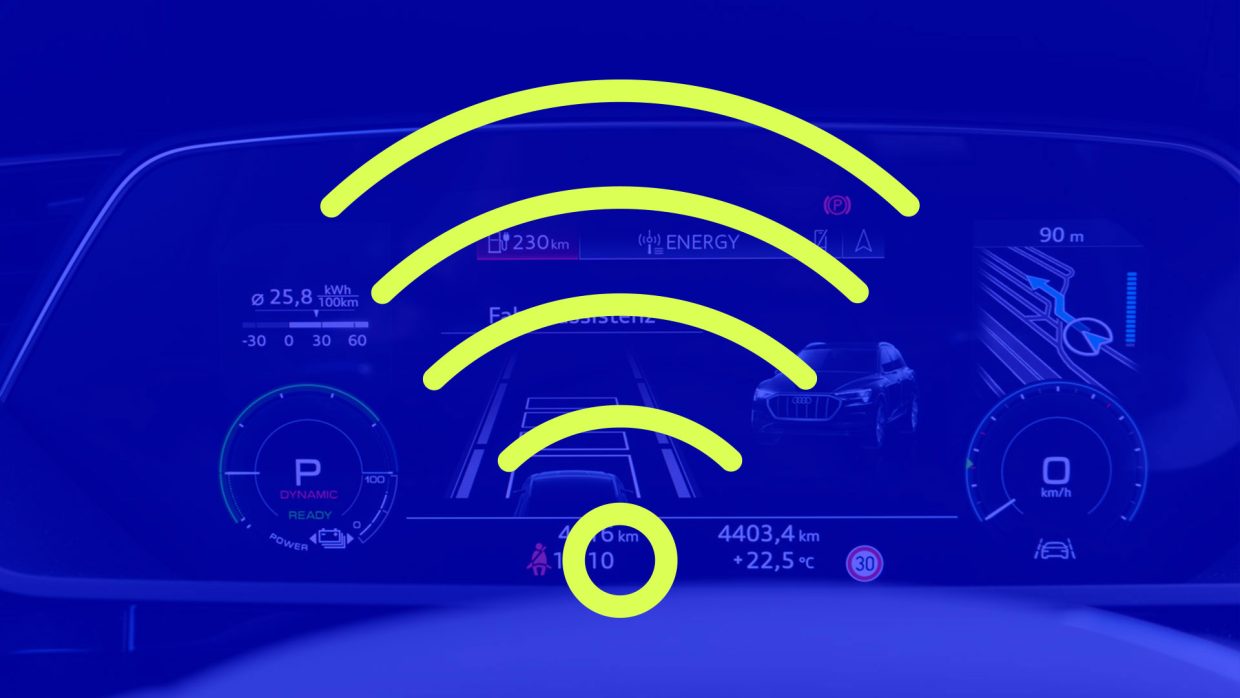Hydrogen is poised to play a key role in the cleanenergy transition, but not all hydrogen is produced sustainably. Governments are thus establishing hydrogen labels – green, renewable, low-carbon or clean – to distinguish hydrogen with low life-cycle greenhouse gas (GHG) emissions from conventional high-emission fossil hydrogen. These official labels set standards for climate-friendly production, build investor and public confidence and align incentives with environmental goals. Yet each jurisdiction defines labels and their respective fulfilment criteria differently, creating a patchwork of rules that complicates investment and cross-border trade.
As part of the publicly funded research project “HydroNet”, a working group consisting of P3 energy solutions, Fraunhofer FIT, Westnetz and TÜV NORD is building an end-to-end digital chain for the traceability of hydrogen’s GHG emissions and those of its derivatives. Work Package 10 (WP10) aims to deliver a production-to-use Digital Product Passport that travels with each batch, ensuring data availability, authenticity and integrity across international value chains. By automating auditable data capture and verification, WP10 seeks to reduce the cost and complexity of compliance while strengthening confidence in labels and certifications – ultimately improving hydrogen’s competitiveness on global energy markets.
This whitepaper situates HydroNet WP10’s work within the global hydrogen labelling landscape. We compare label standards across ten major economies and regions, focusing on carbon intensity (CI) thresholds and the policy mechanisms that employ these labels – such as grants, tax credits, procurement and trade. We explain why thresholds diverge (e.g. India’s very strict 2 kg CO₂e/kg H2 limit versus China’s higher 14.51 kg “low-carbon” threshold) and we outline two complementary paths forward: greater international harmonisation of labels and fulfilment criteria, and CI-based incentive models that reward continuous decarbonisation rather than binary pass-fail thresholds.
Download the full white paper with all insights for free here:




